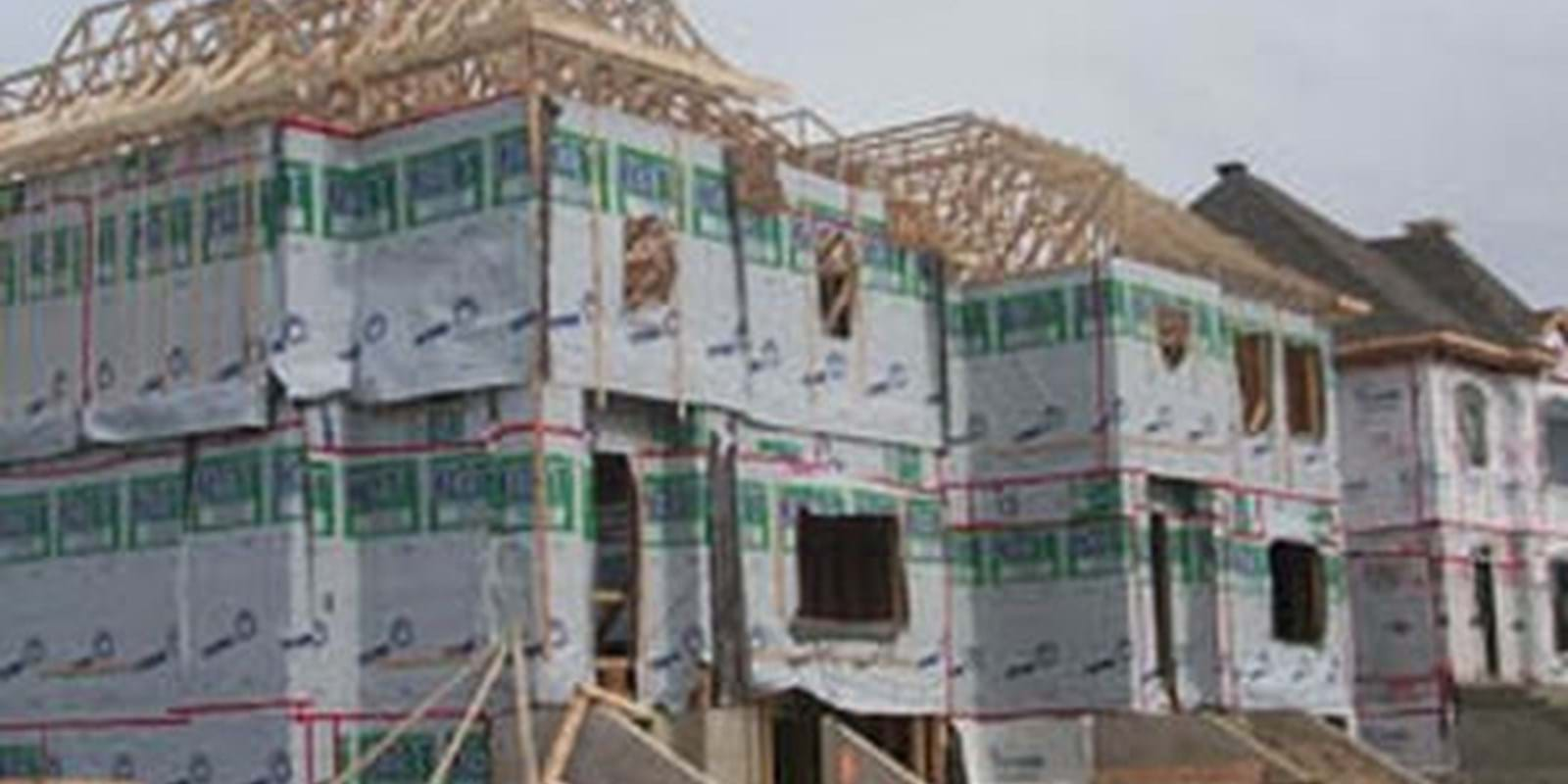According to the results of the survey conducted in May by Canada Mortgage and Housing Corporation (CMHC), the starts volume registered this past month was almost identical to the level recorded in May 2005. In fact, it is estimated that 3,748 housing units were started in urban centres with 10,000 or more inhabitants, or 5 more than during the corresponding period last year. However, this stability conceals different trends depending on the housing categories.
On the one hand, multiple housing starts increased by 16 per cent this past May, compared to the same month in 2005. “But the high level of activity in the multi-family housing segment was largely attributable to the start of construction on two retirement homes, one in the Montréal area and the other in Shawinigan,” indicated Kevin Hughes, Senior Economist at CMHC. “Had it not been for these two projects, this market segment would have registered a decrease of 7 per cent instead,” he specified.
On the other hand, single-detached home starts fell in May (by 14 per cent in relation to May 2005), confirming the downward trend that began a few months ago already. In fact, this decline affected all metropolitan areas and certain agglomerations, such as Drummondville and Granby.
“As expected, the rate of residential construction is reacting to the less robust economic conditions, the greater availability of resale homes and the recently stabilized migration. That said, certain sectors (Gatineau and Trois-Rivières) and certain market niches (including retirement housing) are escaping the downward trend for the moment,” noted Mr. Hughes.
The starts total after five months in 2006 is down by 5 per cent in relation to the results for the same period last year and now stands at 15,431 units. Single-detached home building shows a greater decrease than multiple housing construction.
A more detailed analysis (by housing type) reveals that the market shares of each segment have changed in recent years. In fact, while single-detached homes accounted for 55 per cent of urban starts five years ago, they now represent only 40 per cent. The opposite therefore occurred in the multiple housing segment, which saw its market share increase thanks to condominium and rental housing. This last type has gained some ground especially on account of retirement home construction.
A similar type of analysis shows that several areas have posted relatively stable shares of the provincial activity for the last five years. This has notably been the case in Montréal (60 per cent and 61 per cent) and Sherbrooke (2.0 per cent and 2.9 per cent). However, the Québec area saw its share rise from 11.6 per cent to 16.2 per cent, while Saguenay’s share fell from 1.5 per cent to 0.8 per cent.
Elsewhere across the country, the situation varied depending on the areas. Ontario and Newfoundland also registered decreases in their housing starts levels, while the other provinces posted gains of up to 26 per cent.
Canada Mortgage and Housing Corporation (CMHC) has been Canada’s national housing agency for over 60 years. CMHC contributes to improving the living conditions and the well-being of Canadians through four areas of housing activities – housing finance, assisted housing, research and information transfer, and export promotion.
CMHC is committed to helping Canadians access a wide choice of quality, affordable homes, and making vibrant and sustainable communities and cities a reality across the country. For more information, visit www.cmhc.ca or call 1 800 668-2642.

